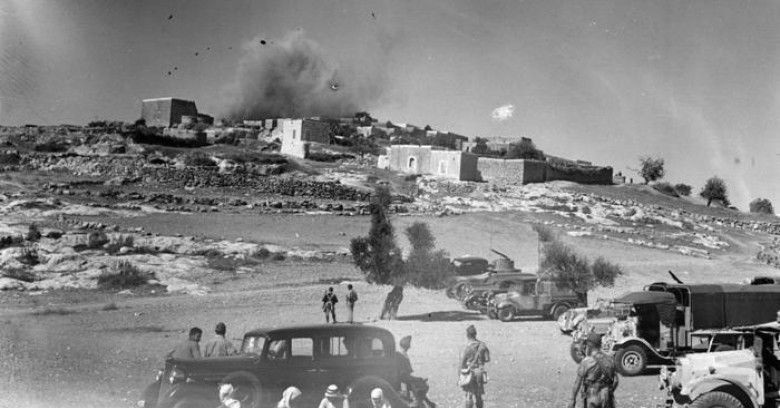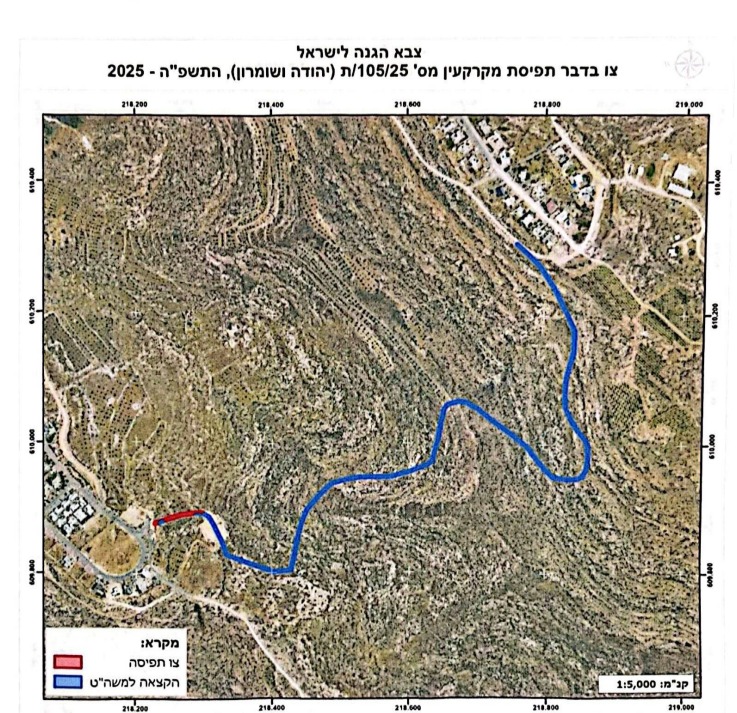RAMALLAH, March 7, 2011 (WAFA) - The estimated Palestinian population at the end of 2010 was 4.1 million of whom 2.1 million were males and 2 million females, Monday said the Palestinian Central Bureau of Statistics (PCBS).
In addition, males comprise 50.8% of total population compared to 49.8% females. In other words; it said, for every 100 persons, there are 49 females. The sex ratio was 103.1 at end of 2010.
Marking the occasion of the International Women’s Day on March 8, the PCBS said also in its survey of Palestinian women that more than half of the females aged 15 years and above are married. Of every 10 females aged 15 years and above there are 6 married.
During 2010, about eight out of every 100 females aged 15 years and above were illiterate; which was four times higher compared with males in the same age group.
In the same context, the gender gap has decreased during the past 10 years where the percent increase in the literacy rates of females 15 years or above was about four times higher than that of males during the period 2000-2010. However, literacy rate among males still higher than the literacy rate of females.
Despite the rise in the participation rate of women in the labor force during the past 10 years, still the rate is considered low; 15% in 2010 compared to 10% in 2001. Participation rate of men in the labor force is still four times higher than that of females.
Participation of women in the labor force is considered important for sustainable development, but the rate of increase in unemployment rates between 2001 and 2010 was 91%.
Although unemployment rate among men and women increased in general, the gender gap decreased in 2010 compared to 2001. The real average daily wage for women was 73 NIS compared to 60 NIS for men in 2010, with a discrepancy by 13 shekels for men.
In 2009, the poverty rate among households headed by women was lower than households headed by men; 20.2% and 22.7% respectively. A high incidence of extreme poverty among households headed by men compared to households headed by women was reported, and this is due to the fact that humanitarian aid goes to households headed by females and the average household size among households headed by females is less than households headed by males.
There are 34 Palestinian women in Israeli jails including 20 under serving sentences. Five of them are serving life sentence, 12 are still waiting for trial and two serving administrative detention without trial.
The participation of women in the political life and in the decision making have witnessed development as they started to compete with men and occupy high level positions in the institutions of the PNA.
There are 5 female ministers out of 22 ministers in the Palestinian cabinet; one female member in 2009 in the executive committee for the Palestinian Liberation Organization; first female president of Stock Exchange Authority, first female governor for Ramallah and Al-Bireh; and first female as president of non-ministerial government institution. These appointments reflect the success of Palestinian women in leading large institutions in effective and professional manner, said the PCBS, the non-ministerial government institution which is headed by the first female president.
The presentation of women as decision makers in the general administration of the Palestine is still marginal. Females occupy about 4% of assistant undersecretary positions in the ministries compared to 32% of positions with grade 1-10. Females represent about 31% of total employees in the public sector.
M.A.









